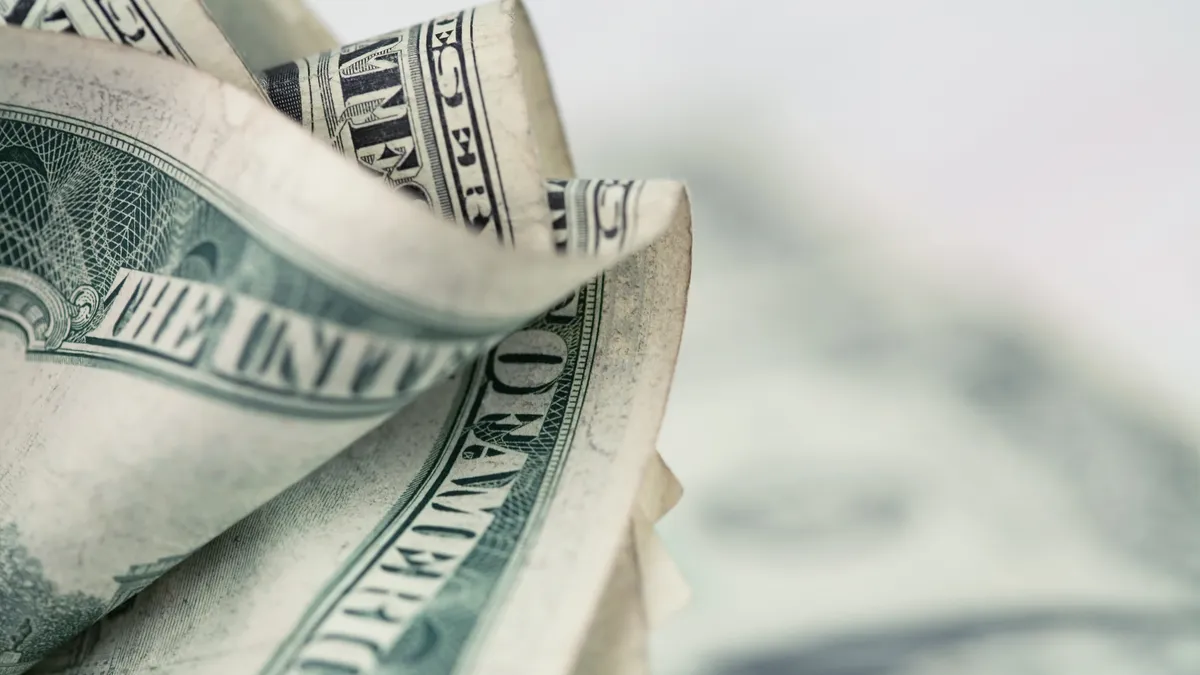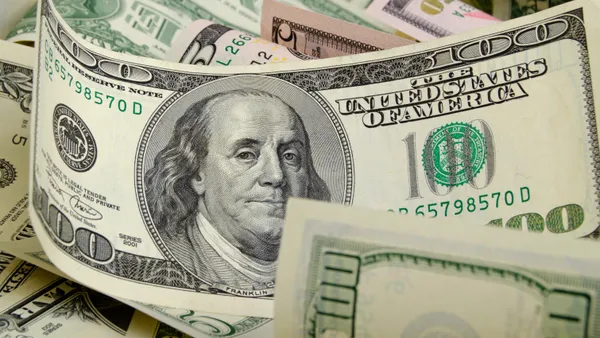Dive Brief:
- Inflation eased more than forecast last month as companies drew down inventories that they stockpiled before the imposition of tariffs rather than pass on price increases to consumers.
- The consumer price index, excluding volatile food and energy prices, rose 0.1% in May and 2.8% over a 12-month period, the Bureau of Labor Statistics said Wednesday. The 12-month figure matches the rate in March and April and is the lowest annual gain in four years.
- “Great numbers,” Conference Board Senior U.S. Economist Yelena Shulyatyeva said during a webcast, adding “where are all the tariffs?” Still, prices rose for some tariff-sensitive goods such as appliances, and prices for apparel, vehicles and other goods will probably increase and peak during the third quarter as companies reduce pre-tariff inventories, she said.
Dive Insight:
Slowing inflation and signs of labor market stability reinforce the wait-and-see stance of the Federal Reserve as it forgoes policy changes and assesses the impact from the highest U.S. tariffs since the 1930s, economists said.
“One more month where inflation just didn’t show up,” Global X Head of Investment Strategy Scott Helfstein said, while cautioning that “tariffs remain a risk.”
“The Fed should feel comfortable with these numbers,” he said Wednesday in an email. Policymakers will probably leave the federal funds rate unchanged at the end of a two-day meeting on June 18 and end 2025 having made two quarter-point cuts, Helfstein said.
Traders in interest rate futures see a 79% chance that the central bank will trim the main interest rate by at least 0.5 percentage point by the end of this year, according to the CME FedWatch Tool. They set the odds of a reduction next week at virtually zero.
An easing in global trade tensions may reduce inflation risks, according to economists.
President Donald Trump said Wednesday that the U.S. and China, the world’s largest economies, completed negotiations on a trade agreement, although it remains subject to final approval by Trump and China President Xi Jinping.
Under the proposed deal, the U.S. would levy a 55% tariff on imports from China, Trump said. Meanwhile, China would maintain 10% import duties, a figure in line with the rate the countries in May agreed to set during a 90-day reprieve on far higher tariffs.
The proposed agreement also includes concessions by China related to the export of magnets and rare earths, according to Trump. In exchange, the U.S. will walk back threats to revoke visas for students from China, among other provisions.
“The marked reduction in tariffs on Chinese products, along with numerous changes in other levies, suggest that the president is flexible in his plans and thus the final duties will probably be less severe than those announced on April 2,” Mike Moran, an economist at Haver Analytics, said Tuesday in a note included in a Wolters Kluwer survey of economists.
The surveyed economists predicted, in a median estimate, that the CPI will rise 3% this year.
The prices of commodities excluding food and energy did not change last month, in part because of a decline in the prices for apparel and both new and used cars, according to the BLS data.
While food prices rose 0.3% in May, energy prices fell 1%, largely because of a 2.6% pullback in gasoline prices.
A 0.3% gain in shelter prices “was the primary factor” behind the monthly gain in CPI, the BLS said.















